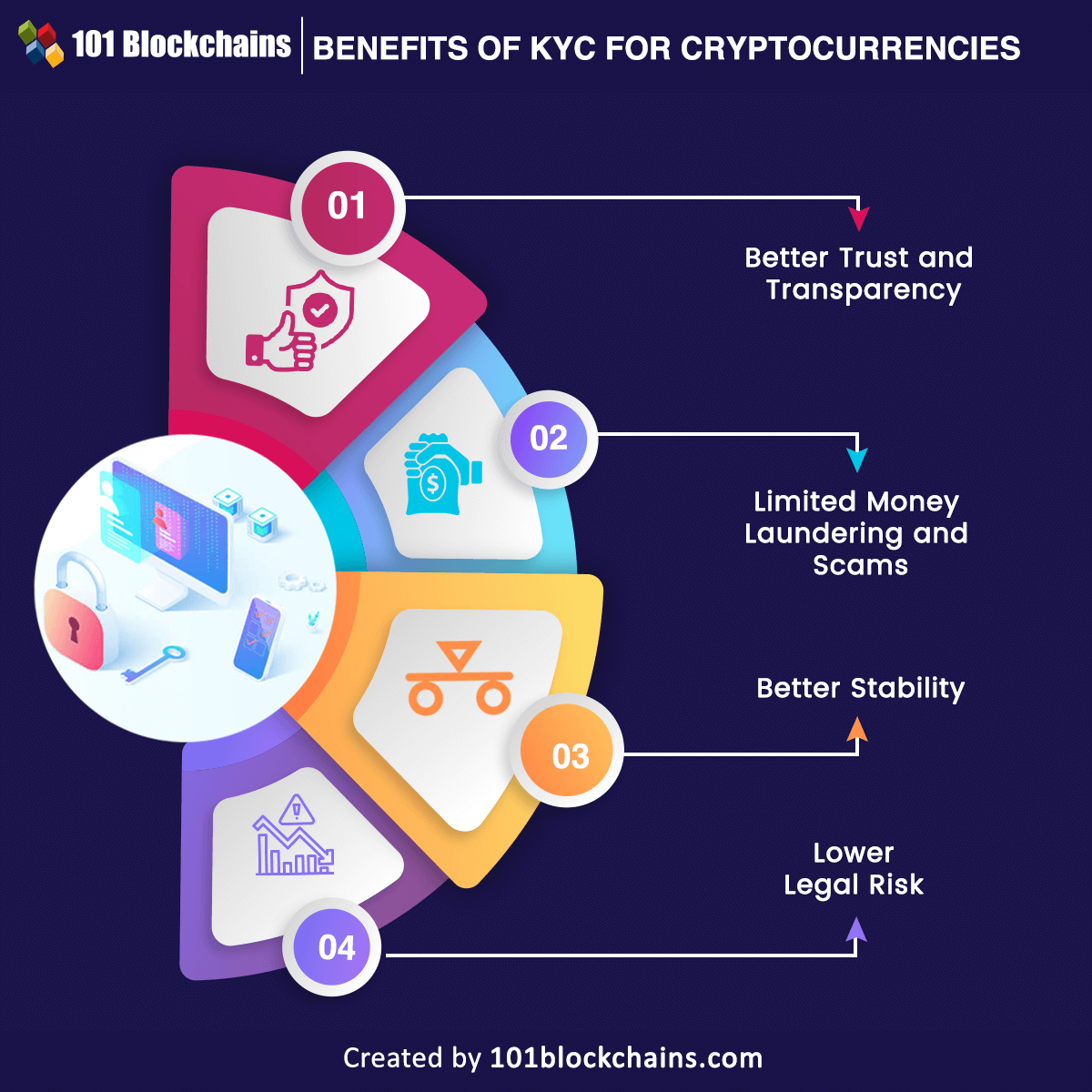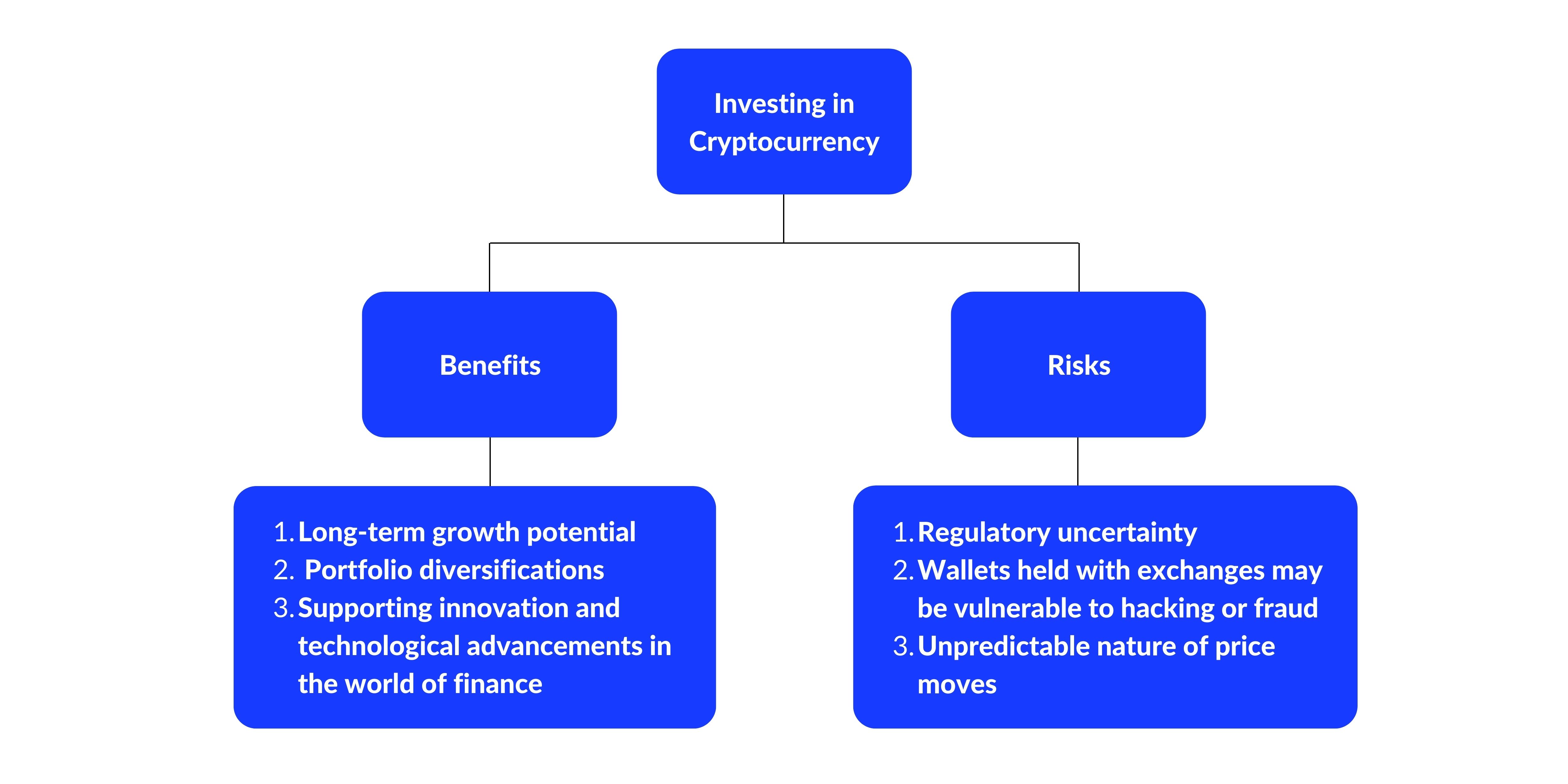Order Cryptocurrencies Promptly and Securely: Relied On Systems and Methods
The Future of Cryptocurrencies: Patterns to View in the Coming Years
The appearance of Central Bank Digital Currencies (CBDCs) stands to redefine the combination of digital properties within conventional economic systems, while boosted regulative examination may form the operational landscape for cryptocurrencies. In addition, the development of decentralized money (DeFi) and the growing value of non-fungible symbols (NFTs) promise to modify understandings of possession and appraisal in a digital economy.
Rise of Central Financial Institution Digital Currencies
The development of Central Financial institution Digital Currencies (CBDCs) represents a substantial shift in the economic landscape as governments check out electronic alternatives to standard fiat cash. These state-backed digital money aim to boost the effectiveness of settlement systems, advertise monetary incorporation, and provide a protected choice to exclusive cryptocurrencies. Unlike decentralized electronic currencies, CBDCs run under the auspices of central financial institutions, making certain regulative oversight and security.
Several nations are proactively piloting or investigating CBDCs, with remarkable examples including China's digital yuan and the European Central Financial institution's digital euro initiative. These initiatives highlight a growing recognition of the possible benefits of electronic currencies, such as faster deal speeds and lowered expenses related to cross-border settlements. In addition, CBDCs might serve as a device to fight immoral activities by providing better openness in deals.
As the fostering of CBDCs progresses, they may improve customer behavior and influence worldwide financial characteristics. Nevertheless, the transition to a digital money structure offers difficulties, including technological facilities, cybersecurity problems, and public trust fund. The rise of CBDCs symbolizes a turning point that might redefine the role of cash in an increasingly electronic economic climate, warranting close monitoring by sector stakeholders and policymakers alike.
Enhanced Regulatory Examination

Countries around the world are taking diverse methods, from straight-out bans to governing sandboxes that enable development while making certain conformity. The European Union, for instance, is relocating in the direction of extensive regulation with the Markets in copyright-Assets Guideline (MiCA), targeted at developing a unified approach throughout member states. In the USA, firms like the SEC and CFTC are significantly active in providing standards and enforcement actions.
Business operating in the copyright space might encounter stricter conformity demands, which might lead to increased operational prices. Inevitably, the equilibrium in between technology and regulation will shape the future of cryptocurrencies.
Advancement of DeFi Platforms
Decentralized Finance (DeFi) systems have actually undertaken considerable change given that their beginning, improving the conventional financial landscape - order cryptocurrencies. These platforms primarily concentrated on straightforward functions such as lending and loaning, assisted in by smart contracts on blockchain networks. However, the development of DeFi has increased to encompass a large variety of economic services, consisting of by-products trading, yield farming, and automated market-making.
One of the most notable innovations is the emergence of Layer 2 options, which boost scalability and lower purchase prices, making DeFi more easily accessible to a wider audience. Furthermore, cross-chain interoperability has actually come to be a vital webpage emphasis, allowing customers to transfer possessions websites flawlessly across various blockchain networks. This advancement cultivates greater liquidity and individual engagement.
Additionally, the integration of sophisticated administration models has actually empowered areas to join decision-making processes, advertising sustainability and innovation within the ecosystem. As DeFi proceeds to mature, we can anticipate additional enhancements in individual experience with improved interfaces and protection measures, dealing with problems that have previously hindered mainstream fostering. In general, the trajectory of DeFi systems factors toward a much more inclusive and efficient financial future, supplying options to conventional banking systems.
Assimilation of NFTs in Finance
In the middle of the rapid development of the monetary landscape, the integration of Non-Fungible Symbols (NFTs) has become a transformative pressure. Traditionally associated with digital art and antiques, NFTs are now finding applications in numerous financial markets, introducing cutting-edge means to stand for possession and worth.
One considerable area of assimilation is in property, where NFTs can improve residential or commercial property transactions. By tokenizing genuine estate possessions, customers can take pleasure in fractional possession, lowering access obstacles and increasing liquidity. order cryptocurrencies. Furthermore, NFTs can make certain transparent and unalterable documents of ownership, improving count on property transactions
In the globe of financing, NFTs are likewise being utilized for decentralized finance (DeFi) applications, making it possible for collateralization of possessions. By utilizing NFTs as collateral, debtors can access fundings while retaining ownership of their electronic assets. This capability boosts the accessibility of economic services and advertises an extra inclusive financial environment.
Furthermore, the combination of NFTs right into typical financing might revolutionize the method intellectual home legal rights are taken care of, providing developers informative post with new earnings streams with wise contracts. Generally, the integration of NFTs in financing represents a change towards more ingenious, efficient, and clear financial services, leading the way for future advancements.
Advancements in Blockchain Innovation

One significant pattern is the appearance of Layer 2 services, created to improve scalability and deal speeds, thus dealing with the constraints of key blockchain networks. These remedies enable faster handling of deals, reducing fees and boosting effectiveness, which is important for mass adoption.
In addition, interoperability in between various blockchain networks is getting grip. This development permits smooth data exchange and possession transfers throughout diverse platforms, promoting an extra linked and effective community. Methods that facilitate cross-chain communication are vital for promoting cooperation amongst decentralized applications (copyright) and boosting customer experiences.
Furthermore, developments in consensus devices, such as proof-of-stake and delegated proof-of-stake, are adding to even more energy-efficient and protected blockchain operations. These technologies not only resolve environmental worries however also enhance network resilience.
As blockchain technology continues to grow, its assimilation right into numerous sectors, including finance, supply chain, and medical care, will redefine standard systems, leading the way for a decentralized future.
Final Thought
The emergence of Central Financial institution Digital Currencies will improve the combination of electronic assets into standard economic systems. Furthermore, the continual advancement of decentralized finance platforms and blockchain innovation, alongside the integration of non-fungible symbols, will certainly redefine possession and financial transactions, cultivating increased fostering and development within the market.